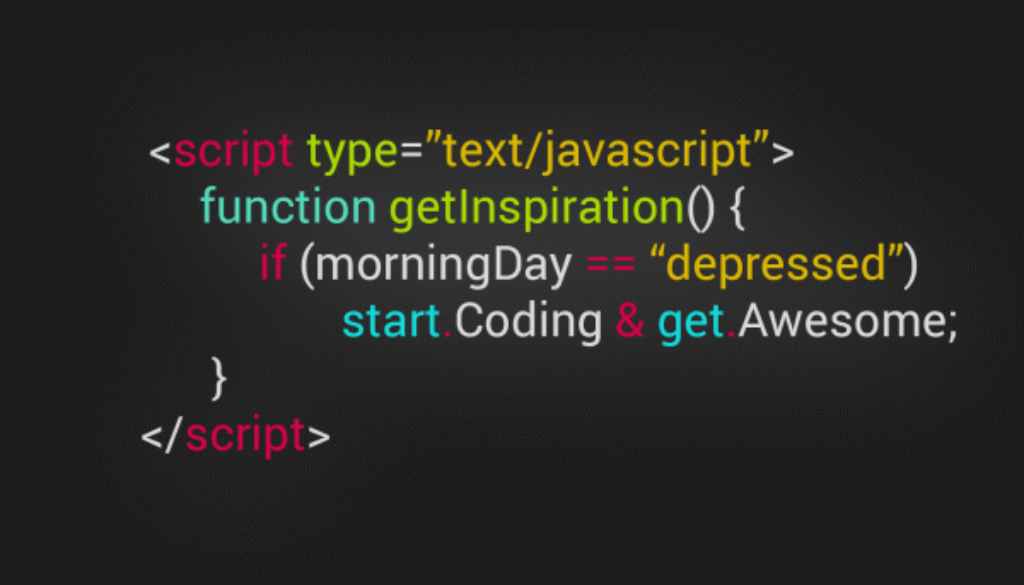JavaScript Reload: Master Page & Partial Reload Techniques
💻 When we think about the web, what comes to mind is how dynamic and interactive it has become. Imagine if every time you wanted an updated feed or a fresh piece of content, you had to close the webpage and reopen it. Exhausting, right? This is where JavaScript reload steps in to save the day! 🌐
JavaScript allows web developers to control how and when the browser reloads a webpage, update specific elements, and provide users with a seamless, dynamic experience. This guide will dive into JavaScript reload methods, how they work, why you might use them, and some secret tricks to make your reloading experiences more efficient and smooth.
Whether you’re a beginner in JavaScript or a seasoned coder looking to revisit the basics, this post will be your go-to guide for mastering all things related to JavaScript reloading. Let’s get started! 🚀
JavaScript Reload: What Is It?
JavaScript reloading is simply the act of updating a page or parts of it to give the user the latest content. Reloading is an essential component of dynamic websites, helping ensure that the data being displayed is fresh and up-to-date without manual refreshes.
Reloading can mean refreshing an entire page or just a specific section of it—like updating an article’s comments section or a chat window. In JavaScript, there are several ways to accomplish a reload, each with its nuances and particular use cases.
For a truly spicy reload experience, understanding the methods at your disposal—and when to use each one—is vital. Let’s explore.
The Different Types of JavaScript Reload
There are two primary types of reloading with JavaScript:
-
Full Page Reload – Refreshing the entire browser page.
-
Partial Reload – Refreshing only a specific part of the page, such as a div or element.
Both of these have distinct advantages. Full reloads are often simpler to implement but can result in a poor user experience, while partial reloads—often involving AJAX—provide a more seamless, user-friendly approach.
How to Use JavaScript for Reloading a Page
When it comes to JavaScript, there are several ways to reload a page:
1. Using window.location.reload()
The simplest and most common way to reload a webpage is by using the reload() method from the window.location object.
// Reload the current page
document.getElementById('reloadBtn').addEventListener('click', function() {
window.location.reload();
});
The reload() method accepts an optional parameter:
-
trueforces the browser to reload the page from the server (bypassing the cache). -
false(or the default) allows the page to load from the cache if available.
Example:
// Reload the page from the server
document.getElementById('forceReload').addEventListener('click', function() {
window.location.reload(true);
});
2. Using location.href
Another way to refresh a page is by setting window.location.href to the current URL:
// Alternative way to refresh the page
window.location.href = window.location.href;
This approach behaves similarly to hitting the refresh button manually.
3. Using history.go(0)
If you’re feeling old-school, there’s always history.go(0).
// Reload using the history object
history.go(0);
Although history.go(0) achieves a similar result, it’s not as commonly used as window.location.reload().
Partial Reload: Reloading Sections of a Page
In many cases, you might not want to reload the entire page, but only a particular section—for example, a live sports score, chat messages, or new comments. For this, we use AJAX and JavaScript Fetch API to dynamically update the content.
1. Using AJAX
AJAX allows you to make server requests asynchronously, which means you can load new data into parts of your webpage without doing a full refresh.
Example:
function reloadComments() {
var xhr = new XMLHttpRequest();
xhr.open('GET', '/get-comments', true);
xhr.onreadystatechange = function() {
if (xhr.readyState == 4 && xhr.status == 200) {
document.getElementById('commentsSection').innerHTML = xhr.responseText;
}
};
xhr.send();
}
Here, we fetch new comments and update the comments section of the page without reloading the entire page.
2. Using Fetch API
The Fetch API is a modern replacement for AJAX. It’s easier to use and supports promises, making asynchronous code easier to work with.
Example:
async function updateContent() {
const response = await fetch('/new-content');
const data = await response.text();
document.getElementById('contentDiv').innerHTML = data;
}
Using Fetch, we load new content into a specific div without disrupting the rest of the page.
JavaScript Reload Without Cache
Sometimes you want to ensure that users always get the freshest content. Reloading without cache can be important when dealing with dynamic data.
Here’s how to do it using window.location.reload():
// Force reload without cache
window.location.reload(true);
Another trick is to add a unique query parameter to the URL, so the browser treats it as a new request:
// Reload with a unique URL to prevent caching
window.location.href = window.location.href + '?nocache=' + new Date().getTime();
This technique is particularly useful if the browser tends to cache pages aggressively.
Real-World Use Cases for JavaScript Reload 🔄
The art of reloading content can be applied in several different scenarios. Here are a few examples where JavaScript reload comes in handy:
1. Real-Time Updates
-
Stock market apps, sports websites, or weather applications frequently reload data to keep users informed with the latest updates.
2. Chat Applications
-
Chat systems require the partial reloading of messages to provide users with real-time conversations.
3. Form Submissions
-
After a form is successfully submitted, reloading a portion of the page—instead of redirecting or refreshing—can create a smoother user experience.
4. Notifications and Alerts
-
Notification counters on social media sites often use partial reloading to indicate new messages or alerts.
Common Mistakes to Avoid
🚫 While reloading content is useful, here are some common pitfalls to avoid:
1. Excessive Reloads
-
Reloading a page or an element too frequently can lead to performance issues. Avoid polling servers too often and consider techniques like debouncing.
2. Cache Issues
-
When you don’t consider caching, browsers may not load the freshest content. Use forced reloads or cache-busting query strings to ensure data freshness.
3. User Data Loss
-
Reloading a page can clear forms, lose scroll position, or interrupt ongoing activities. Always be mindful of what the user is doing before triggering a reload.
Conclusion: When and Why to Reload Your Page
JavaScript reloads are a powerful tool in the modern web developer’s arsenal. When used wisely, they help improve user engagement, enhance the smoothness of the browsing experience, and keep your app’s data fresh and relevant. ✅
Whether you’re refreshing an entire page or just parts of it, remember to choose the right tool for the job. Full reloads work well when everything needs a fresh start, but partial reloads are better for an uninterrupted, dynamic experience.
Now that you’re armed with a wealth of reload techniques, it’s time to try them out in your projects. Implement these tricks to provide your users with an interactive, delightful experience that will keep them coming back for more. And remember—always keep the end-user experience at the heart of your development choices. 🎉



